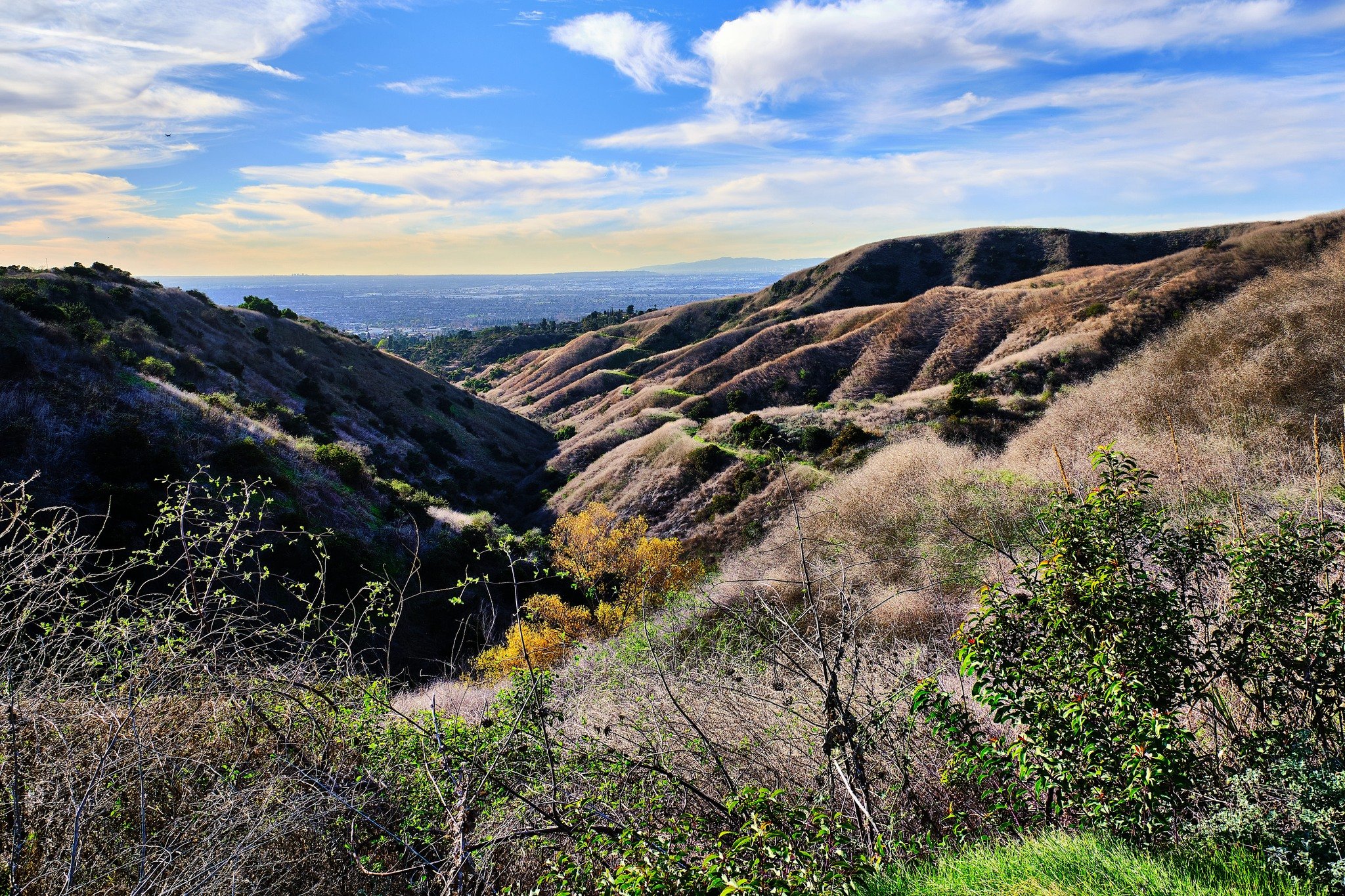
Our History
The Clean Air Coalition of North Whittier and Avocado Heights was formed in southeast Los Angeles County to battle a silent and invisible crime: all that causes harm to people and our environment. We advocate for the preservation of our quality of life and the value of our homes in a closely-knit community.
We were not formed overnight. With Marilyn Kamimura’s dedicated leadership, concerned community members have made the history we recount here possible. It has taken everybody working together to get where we are today.
In 2004, at a Town Hall meeting at Rio Hondo College community members were informed that where we lived would be the garbage center of the San Gabriel Valley. Our community would have to bear the burden of the Puente Hills Materials Recovery Facility, or MRF, which would sort over 3000 tons of garbage per day AND a proposed Athens Services MRF.
The North Whittier Neighborhood Watch and Concerned Citizens of North Whittier Avocado Heights was started in response. We persisted through public hearings and a town hall meeting with Los Angeles County Supervisors Don Knabe and Gloria Molina. We took a study we did of 100 people living close to the Athens Services MRF documenting the harm to their health and homes. The persistence of a lawsuit filed by 68 people that lasted one year; nine lengthy public hearings; and the participation of the South Coast Air Quality Management District (SCAQMD) resulted in additional conditions placed on the Athens Services permit, including a phased-in expansion and ongoing air quality and odor management. We worked closely with the South Coast Air Quality Management District (SCAQMD) to implement Rule 402, Odor Management, and we worked for years monitoring and logging with the help of community members all unacceptable odors coming from the Athens facility. As a result of over a year of community testimony, the SCAQMD Hearing Board in 2006 found Athens Services to be a permanent nuisance and made the company pay huge fines. Starting in 2007 Athens made more of an effort to be a better neighbor, which allowed them to be approved in 2014 for the final phase of their expansion.
In 2007, the Los Angeles County Sanitation Districts (LACSD) applied for a permit through the City of Industry to locate and operate the first-ever Waste-to-Rail Intermodal Facility in California. Our community would be bearing the burden of dust, odor, and pollution from hundreds of garbage trucks and trains. We formed the North Whittier Neighborhood Watch Avocado Heights Coalition to protect our community from yet another harm. We organized meetings with the areas of Gladstone, Pellissier Village, Whittier Woods, and North Whittier/Avocado Heights to inform and build community opposition to this project. We sought assistance from our political representatives-- especially County Supervisor Gloria Molina––and from regulatory agencies. We made presentations at all public hearings documenting the environmental harms our communities already suffered. At our request, SCAQMD placed a monitor to measure air pollution and establish a baseline for air quality next to the proposed rail yard. We organized our neighbors to comment on the Draft Environmental Impact Report and through a lot of fundraising we were able to hire Maria Mejía, a people’s environmental lawyer to make legal comments on the draft environmental report.
The Waste-to-Rail Intermodal Facility was approved in 2008, with conditions put in place to mitigate negative environmental impacts. In 2009 we sent eight certified letters to Supervisor Molina, Governor Schwarzenegger, and state regulatory agencies to ensure that the Sanitation Districts implemented Positive Control Technology and Best Control Technology on the trains transporting trash—LACSD confirmed they would do so. The project was downsized from 2 to only 1 train track and then it completely stalled. As of 2015 the Intermodal Facility was still not operating.
Then, in 2012 the Sanitation Districts, looking to increase revenue, applied for a modification of their permit to operate the Puente Hills MRF twenty-four hours a day, seven days a week, claiming that they could rely on an outdated 20-year-old environmental report to apply for this modification. The Clean Air Coalition was formed out of the previous community organizations to fight this expansion. In 2013 we addressed all the problems with the permit application in a presentation at the public hearing. The modification was nevertheless approved by a 3-2 vote of the LA County Regional Planning Commission and, while we filed an appeal with the help of Maria Mejía to the County Board of Supervisors, our appeal did not prevail. Believing our right to protect our health was being denied, we filed a lawsuit in June 2013 against LACSD and the Board of Supervisors. Community members came together to raise thousands of dollars to pursue this case until September 2014. We did not prevail in court but grew stronger as a community and CAC became widely recognized as a solid, trustworthy, and dedicated advocate for community concerns.
We are an all-volunteer organization of Hope comprised of retirees and working people with technical, electronic, and clerical skills on top of years of accumulated knowledge. We have heart.
For our current campaigns, please click on the “Our Actions” tab on the main page of our website.
